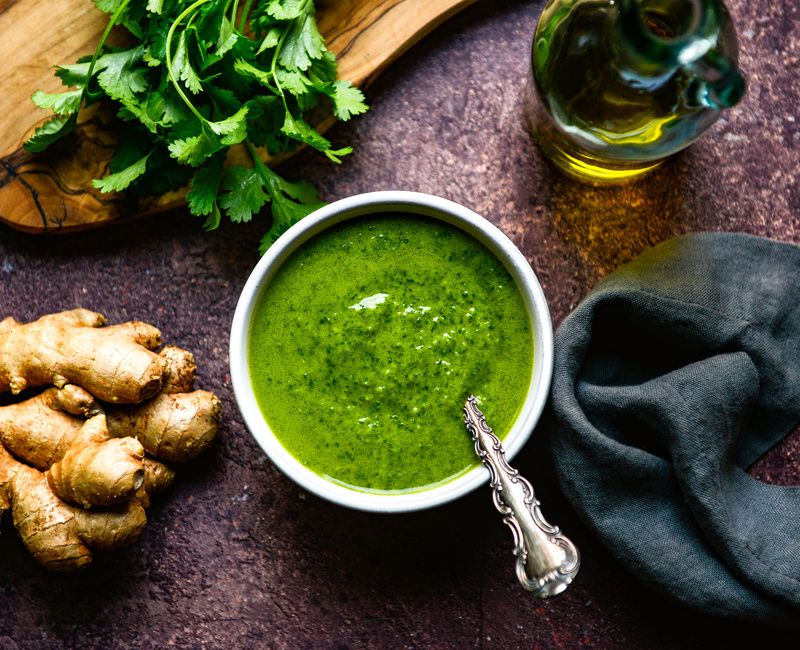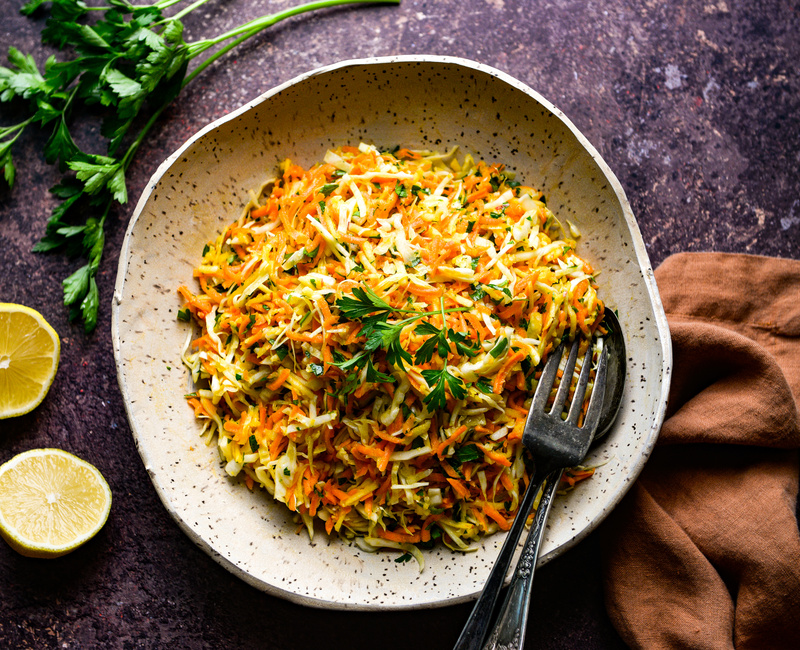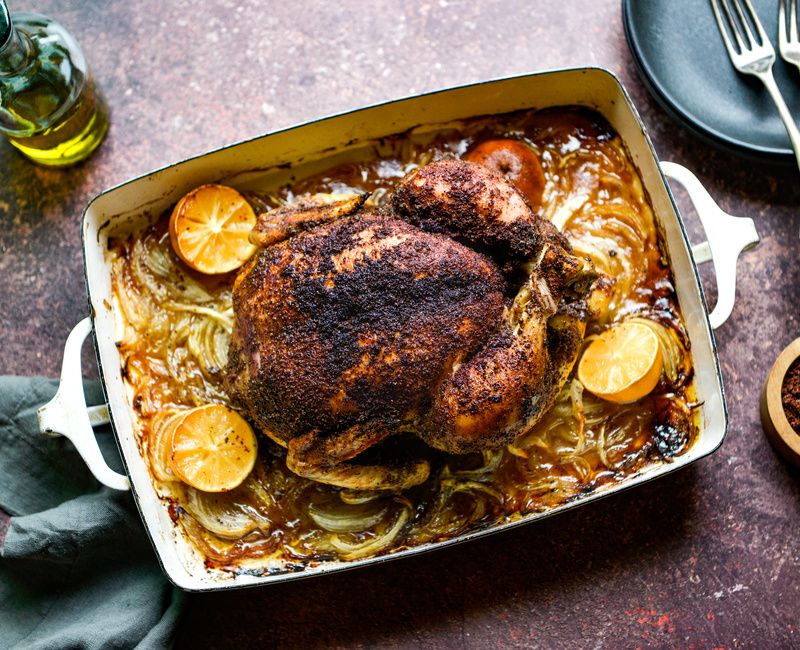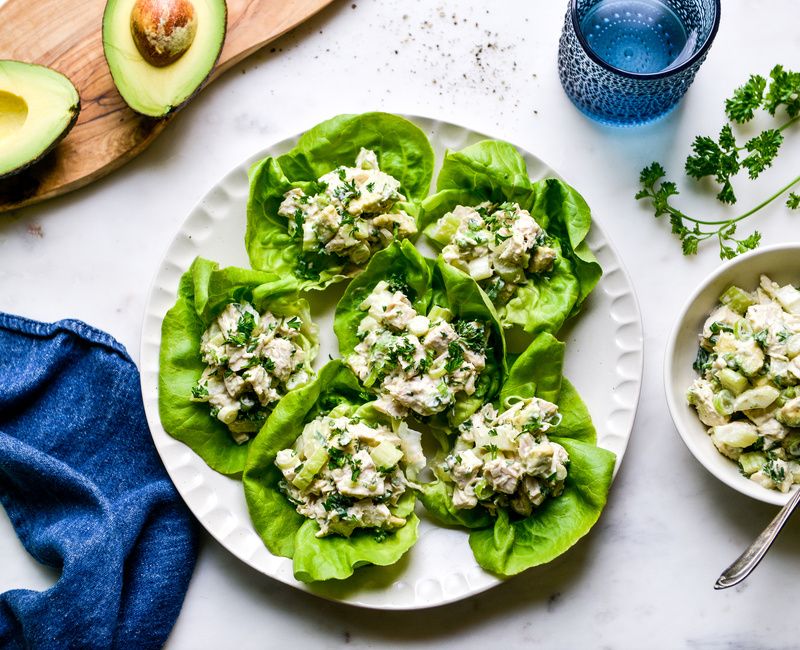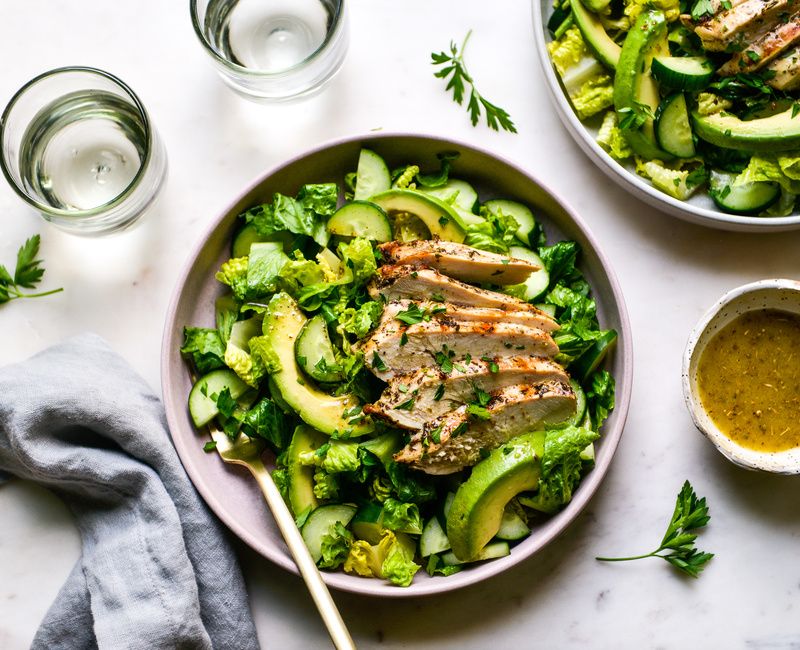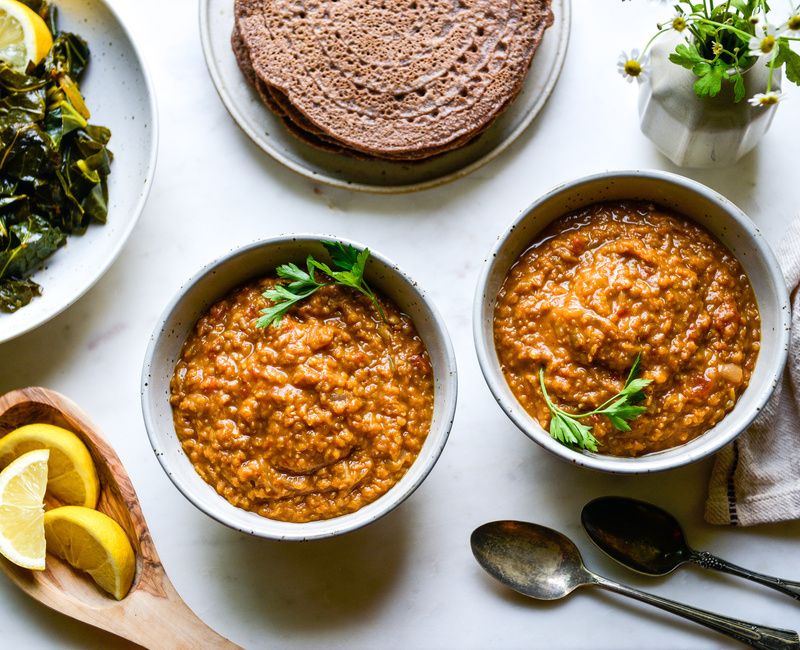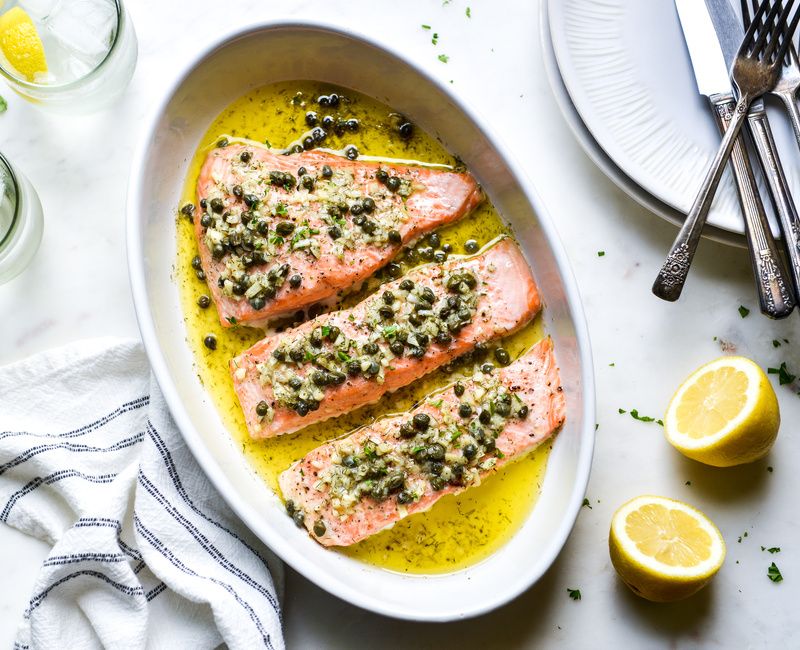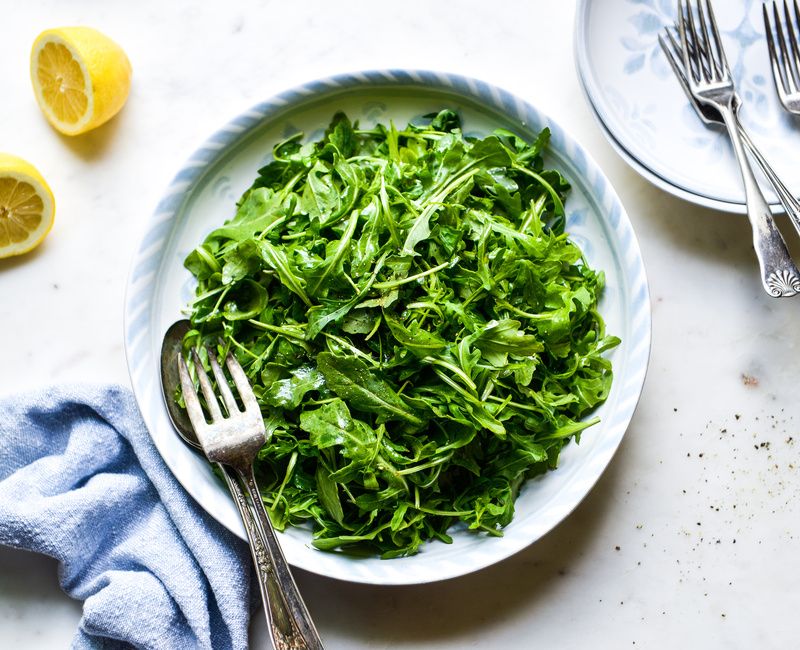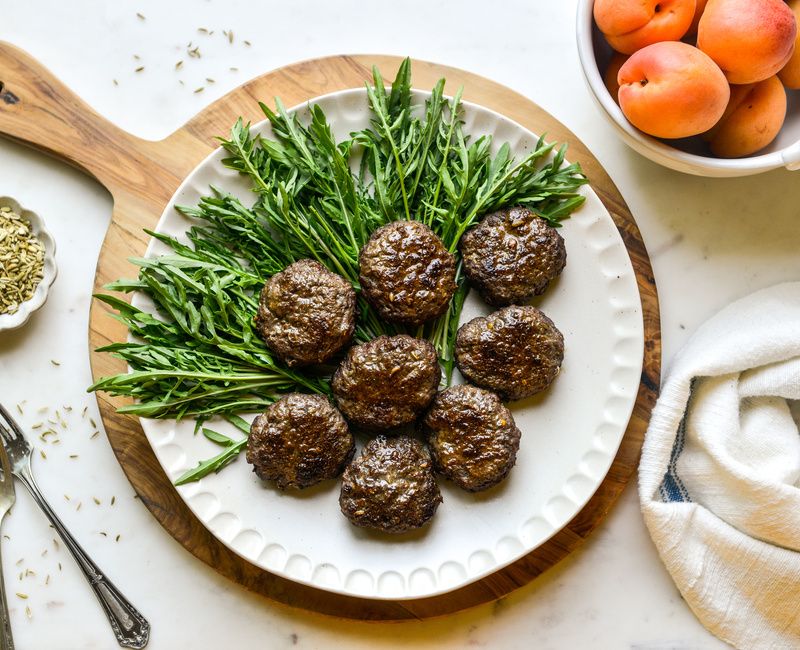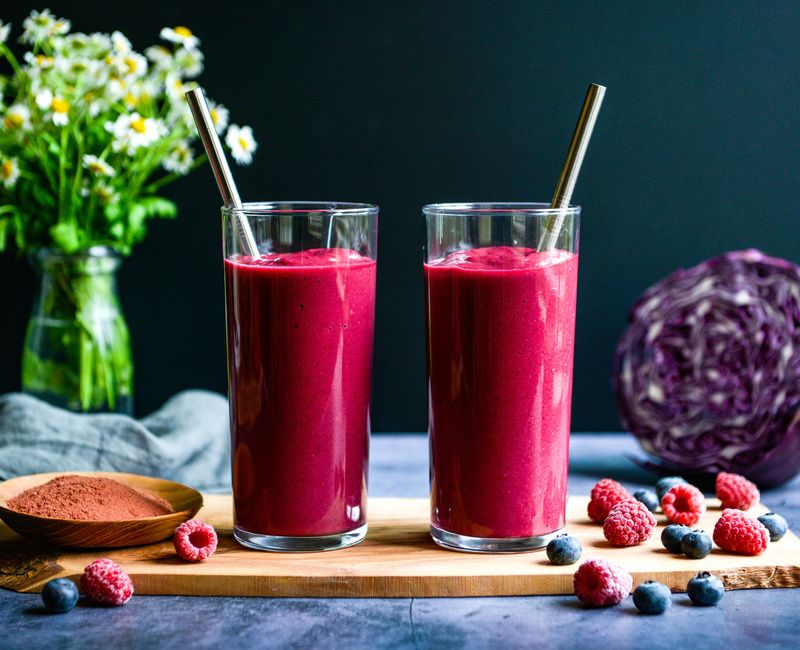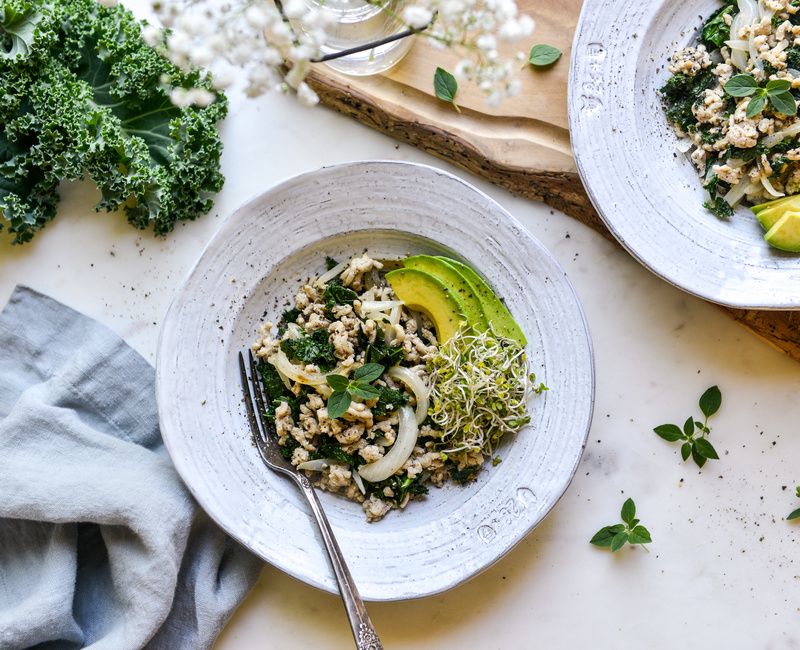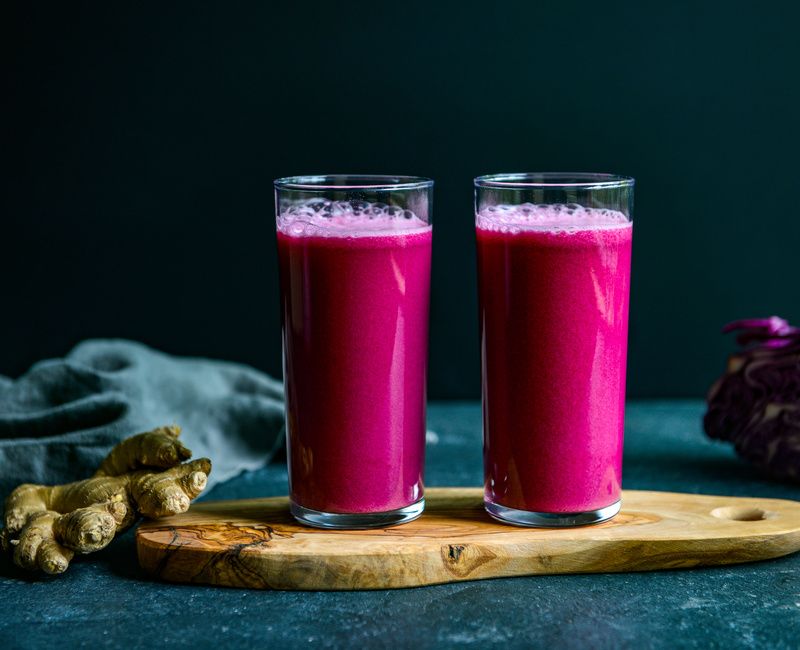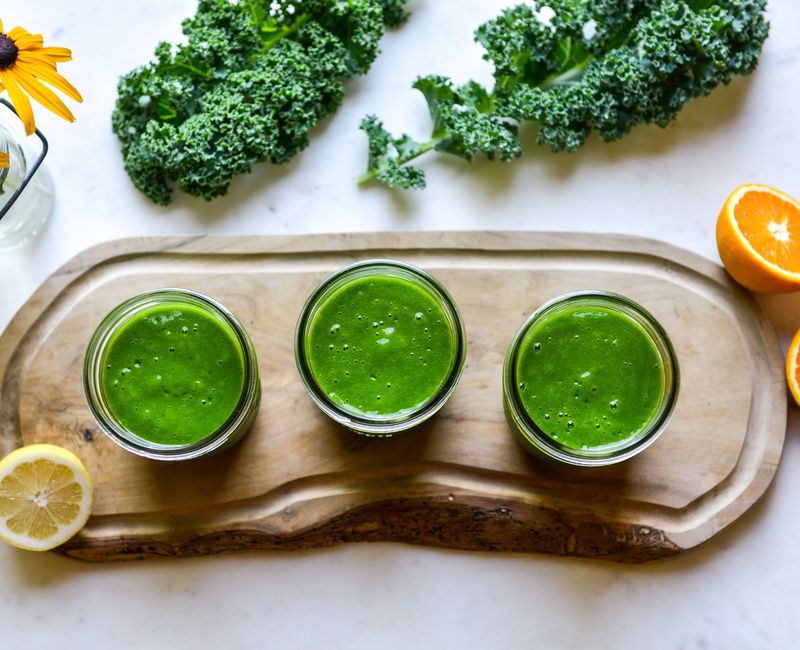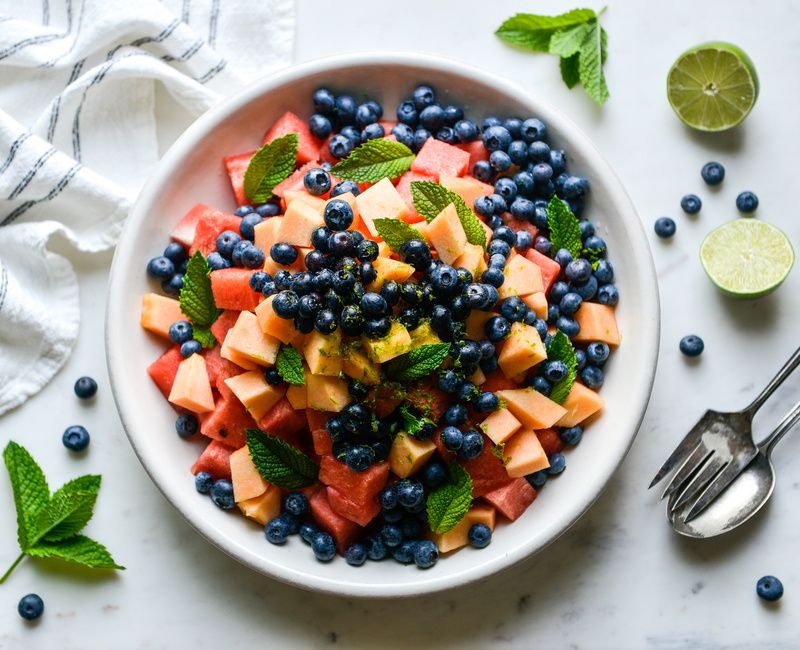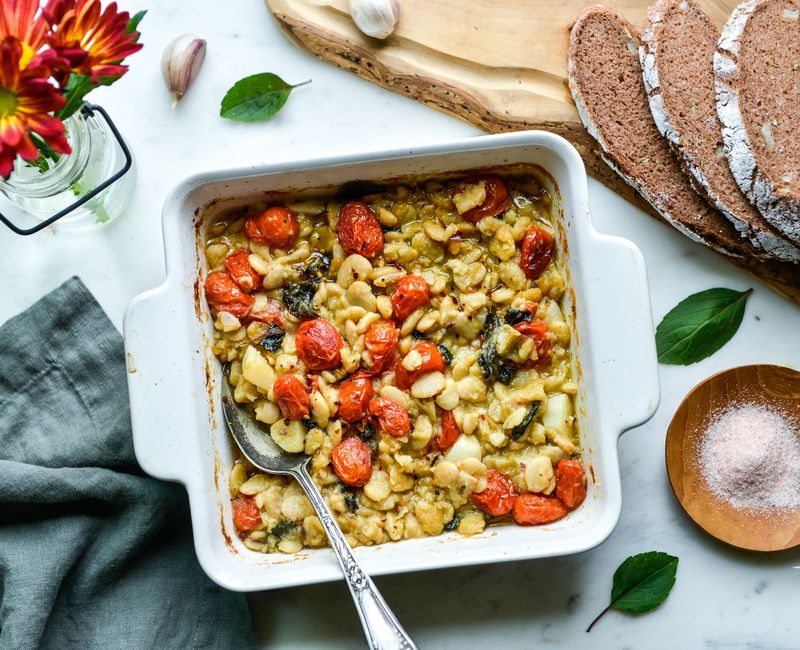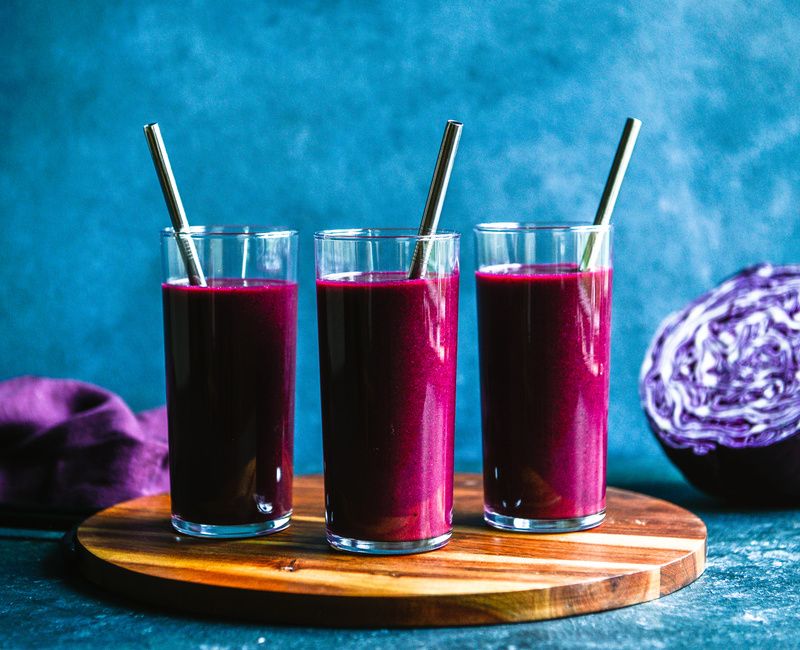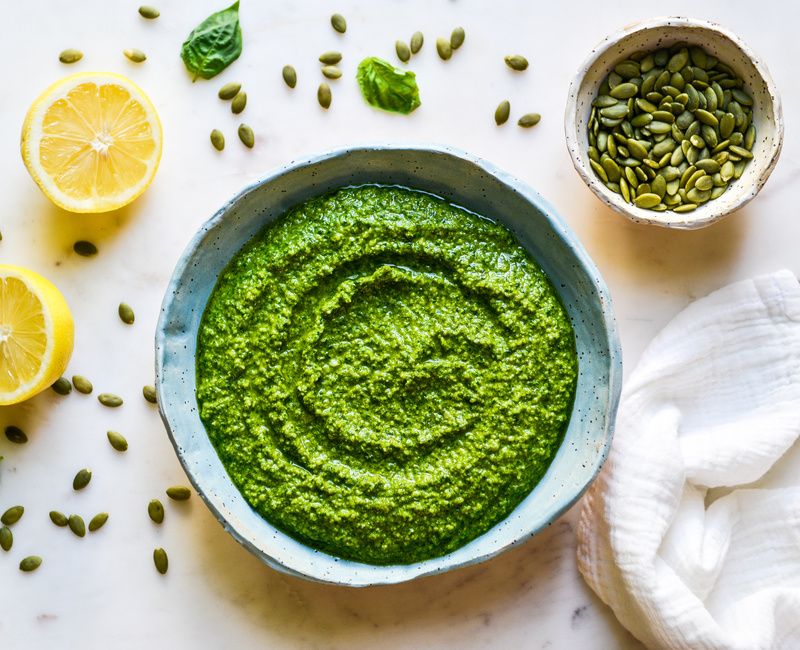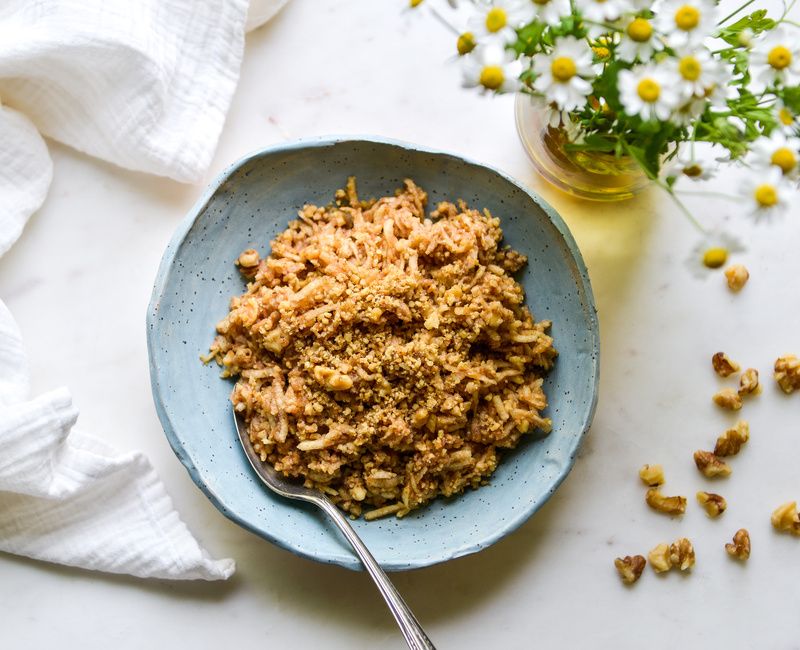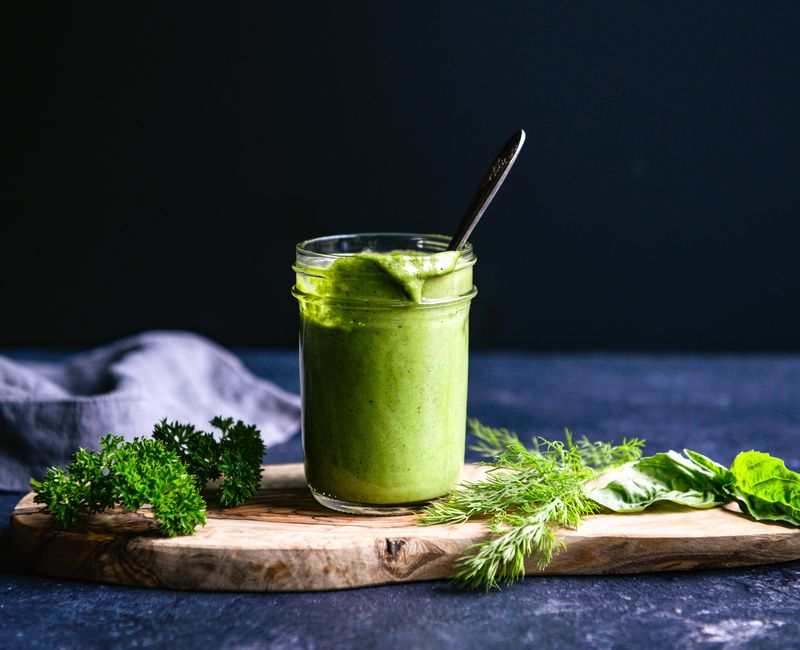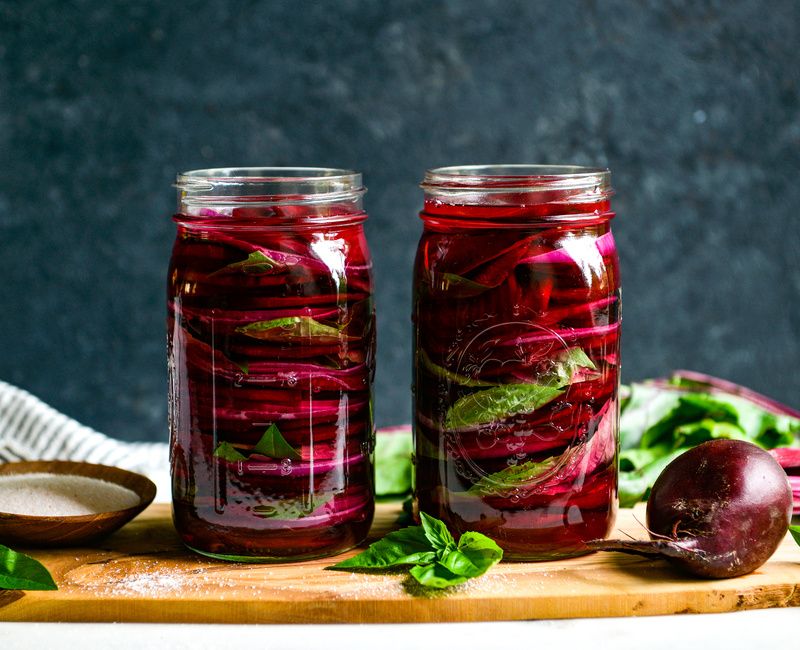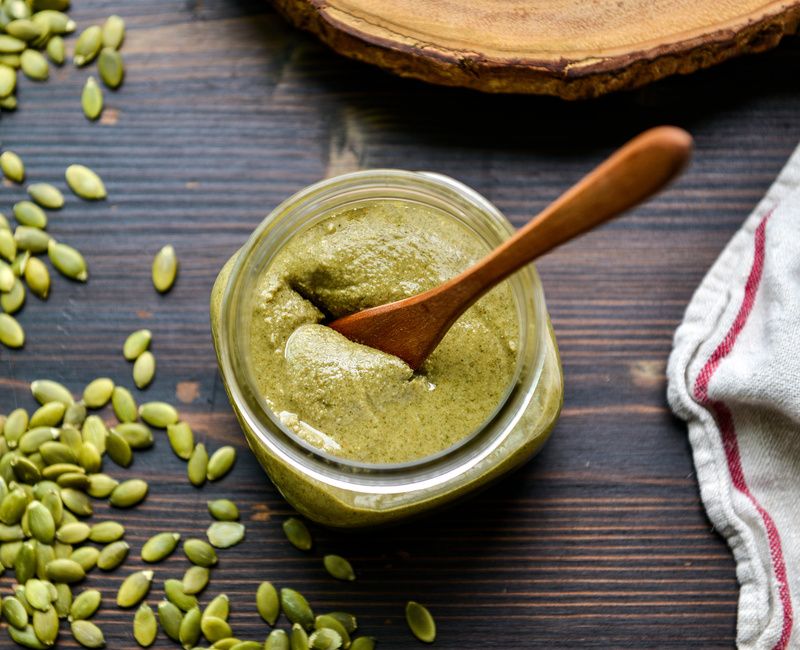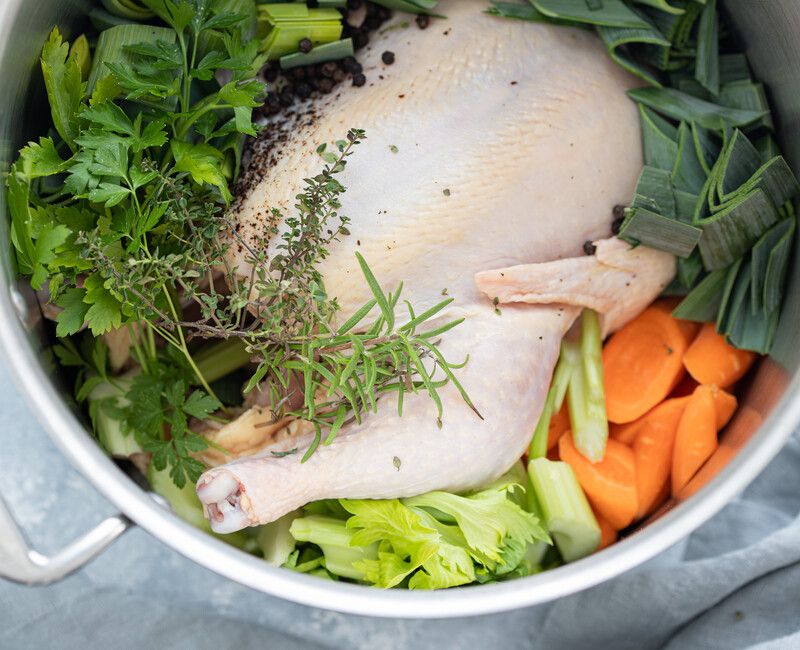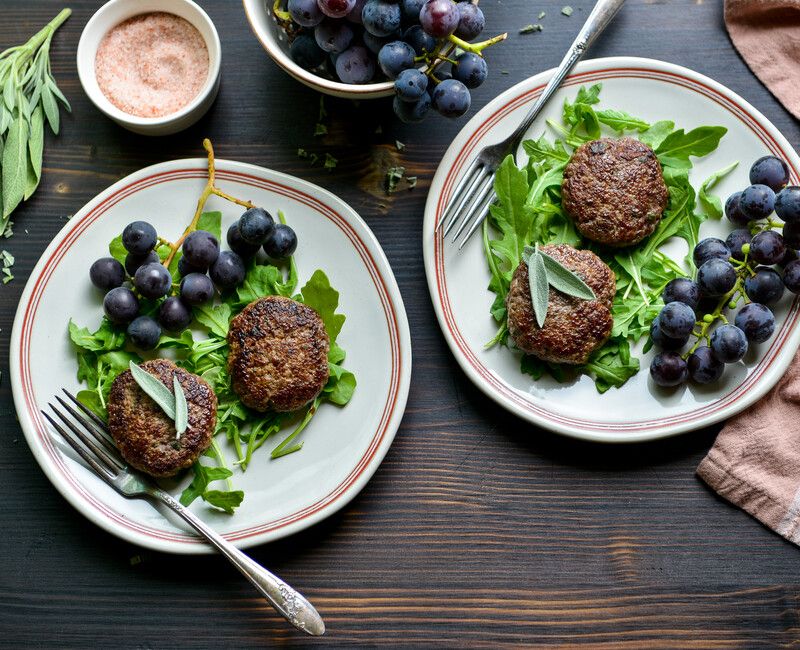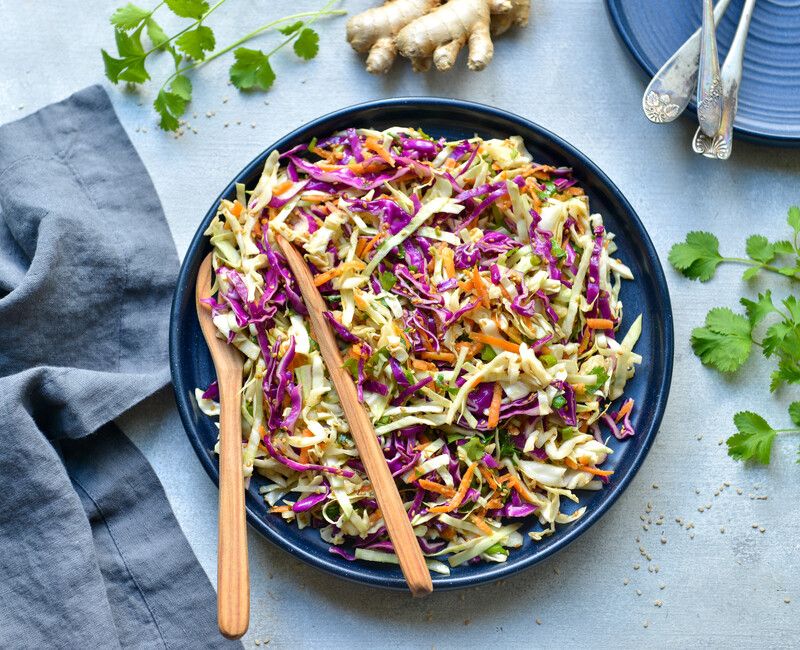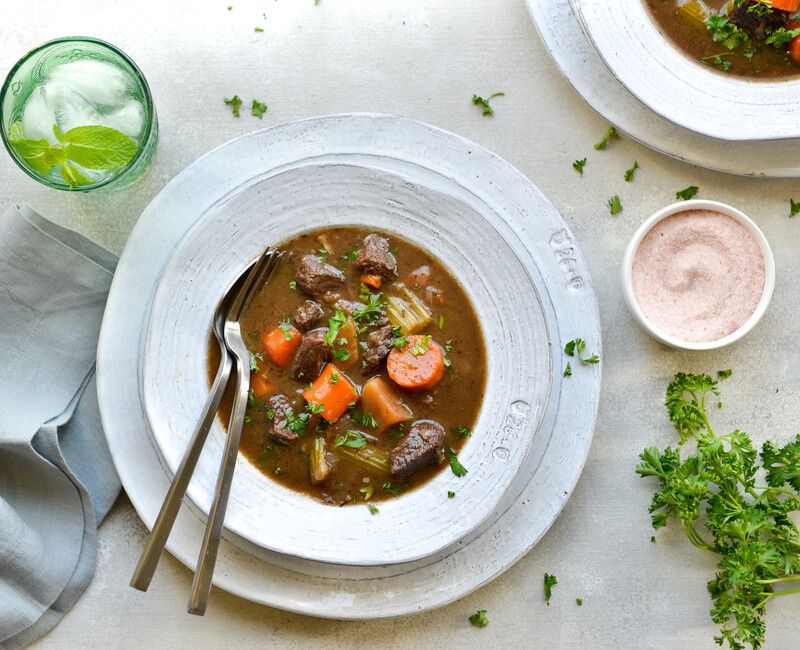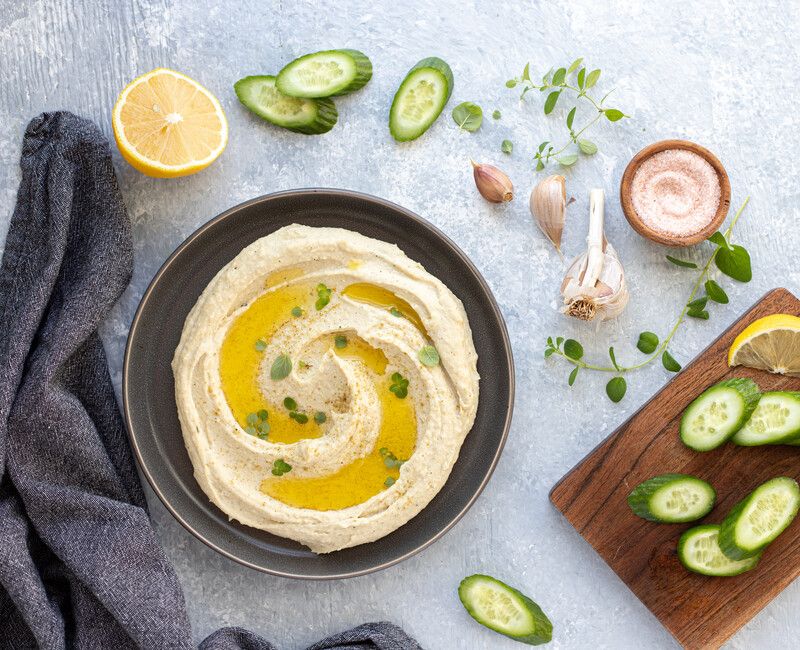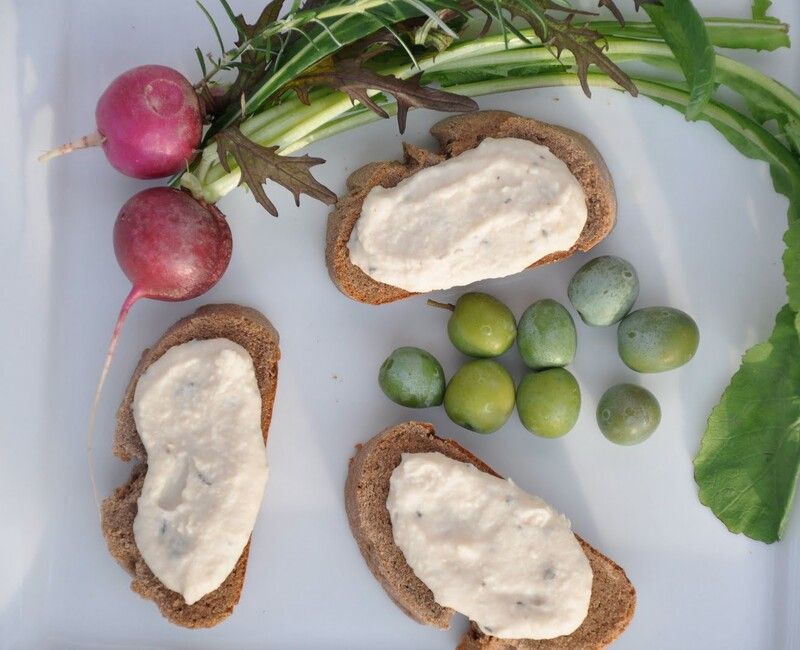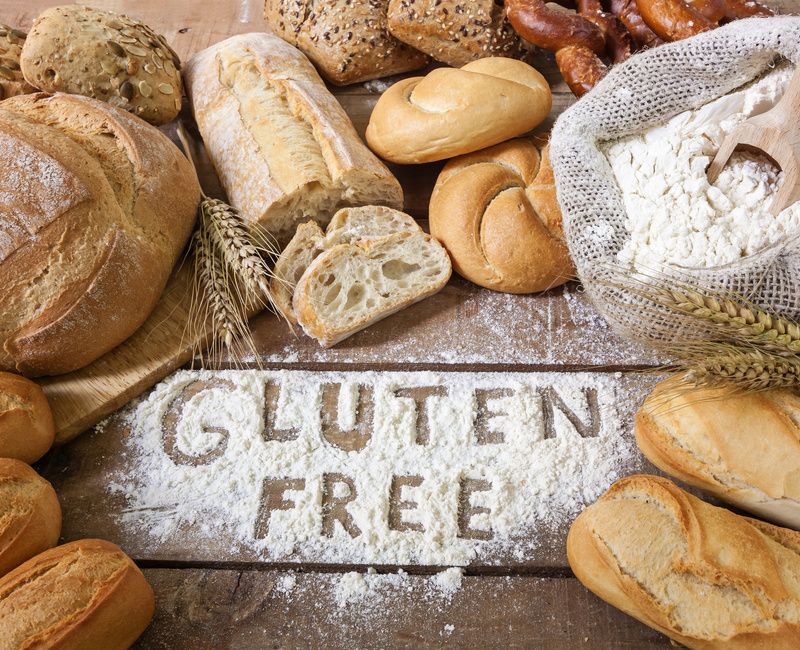GAPS Diet
The GAPS Diet (Gut and Psychology Syndrome) is a powerful, therapeutic nutrition plan designed to heal and seal the gut lining, restore microbial balance, and support neurological and immune system health. Originally developed by Dr. Natasha Campbell-McBride, the GAPS Diet is based on the understanding that many chronic health issues—including autism spectrum disorders, ADHD, anxiety, depression, autoimmune conditions, and digestive disorders—are deeply connected to a compromised gut ecosystem.
This deeply restorative diet focuses on nourishing, easy-to-digest whole foods that remove gut irritants, promote healing of the intestinal wall, and repopulate the gut with beneficial microbes. The GAPS Diet is not a forever way of eating—it’s a structured, intentional journey of healing that evolves through stages, eventually transitioning into a broader whole foods diet.
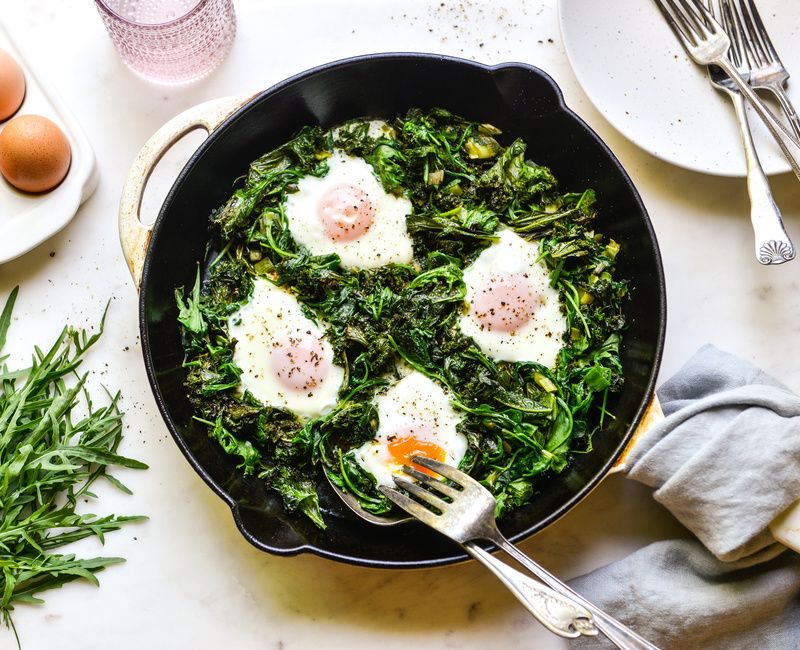
Latest IFM Elimination Diet Recipes
GAPS Diet Safe with Modifications
What is the GAPS Diet?
The GAPS Diet is both an elimination and reintroduction protocol that begins with an Intro Diet (6 stages), followed by a Full GAPS Diet. It removes foods that are difficult to digest or that can feed pathogenic bacteria and yeast in the gut, while providing nutrient-dense healing foods that support detoxification, immunity, and gut repair.
This diet emphasizes homemade meat or fish stocks, fermented foods, well-cooked vegetables, high-quality fats, and probiotic-rich foods. Over time, it slowly reintroduces more fibrous vegetables, fruit, and eventually some grains and starches once gut healing has occurred.
Who is the GAPS Diet For?
-
Children and adults with autism spectrum disorder or ADHD
-
Individuals with depression, anxiety, or other mood disorders
-
Those with autoimmune conditions or neurological symptoms
-
People with chronic digestive issues, food intolerances, or leaky gut
-
Anyone seeking a therapeutic reset to support gut-brain health
How Does the GAPS Diet Work?
The diet is broken into two main phases:
-
Intro Diet (Six Stages) – Deep gut healing through gradually introduced foods.
-
Full GAPS Diet – A nourishing, grain-free diet maintained until symptoms have resolved for at least six months.
Healing focuses on:
-
Removing inflammatory and hard-to-digest foods
-
Supporting gut repair with bone broths and collagen-rich foods
-
Rebalancing the gut microbiome with fermented foods and probiotics
-
Supporting detoxification pathways with nutrient-dense foods
The 6 Stages of the GAPS Intro Diet:
Stage 1: Deep Gut Healing Begins
-
Foods to Eat: Homemade meat stock (not broth), boiled meats, animal fats, and well-cooked non-fibrous vegetables (carrots, zucchini, squash, onions), fermented juice from sauerkraut, ginger tea
-
Avoid: Dairy, fiber, raw foods, starches
-
Goal: Calm inflammation, begin healing the gut lining
Stage 2: Add More Nourishment
-
Add: Raw egg yolks (if tolerated), stews with vegetables, ghee (if tolerated), fermented fish or more kraut juice
-
Continue: Meat stocks and boiled meats, well-cooked vegetables
Stage 3: Gentle Expansion
-
Add: Avocado, pancakes made from nut butter and squash, cooked onions, scrambled eggs
-
Continue: Fermented foods, stews, animal fats
Stage 4: Introduce Roasted Foods
-
Add: Roasted meats, cold-pressed olive oil, pressed juices (starting with carrots), more cooked vegetables
-
Watch: Digestive reactions to more complex preparations
Stage 5: Raw Veggies and Fruit
-
Add: Raw vegetables (begin with lettuce, peeled cucumber), cooked apples or pear (slow-cooked), small amounts of raw fruit
-
Continue: Fermented foods, soups, meat stocks
Stage 6: Expand Variety
-
Add: Nut flours, baked goods made from nuts/seeds, raw fruit, more vegetables
-
Ready to transition: If all foods are well-tolerated and digestion is stable, move into the Full GAPS Diet
Full GAPS Diet: Maintenance & Long-Term Healing:
-
Foods to Eat: All meats, fish, eggs, vegetables, fruits, nuts, seeds, fermented dairy (yogurt, kefir), fermented vegetables, ghee, coconut oil, olive oil
-
Avoid: All grains, refined sugars, starchy vegetables (like potatoes), processed foods
The Full GAPS Diet is followed until symptoms are gone and digestion is normalized for at least 6 months. After this, foods are slowly reintroduced using the GAPS “Coming Off the Diet” process.
Benefits of the GAPS Diet:
-
Improves digestion and resolves chronic GI symptoms
-
Supports neurological health and mood stability
-
Enhances immune function and reduces autoimmunity
-
Repairs leaky gut and balances the microbiome
-
Detoxifies the body through improved liver function and elimination
Challenges and Drawbacks:
-
Requires time, patience, and home cooking
-
Social and family meals may be more complex
-
Can be difficult emotionally if symptoms worsen before they improve (a normal part of healing)
-
May require guidance from a GAPS-trained practitioner
How Do I Start the GAPS Diet?
-
Sign up for a Nourishing Meals® Membership to access hundreds of GAPS-friendly recipes (tagged for the Full GAPS diet) and grocery shopping lists.
-
Choose “GAPS Diet” on the diet set-up page, and layer on any additional intolerances (such as nightshade-free, dairy-free, etc.).
-
Stock your kitchen with key healing foods: bones for stock, organic meats, non-starchy vegetables, sea salt, fermented vegetables, probiotic starters, and ghee.
-
Begin slowly, and only move to the next stage once symptoms stabilize.
-
Track your progress with a food and symptom journal.
-
Celebrate each small step—healing takes time, but your body knows the way when you provide it with the right tools.
As your gut begins to heal, you may notice subtle shifts—clearer thinking, more balanced emotions, easier digestion, and a newfound sense of inner calm. Living with a healthy gut feels like returning home to yourself: grounded, nourished, and at peace. Your body is wise. Trust the journey. ✨




